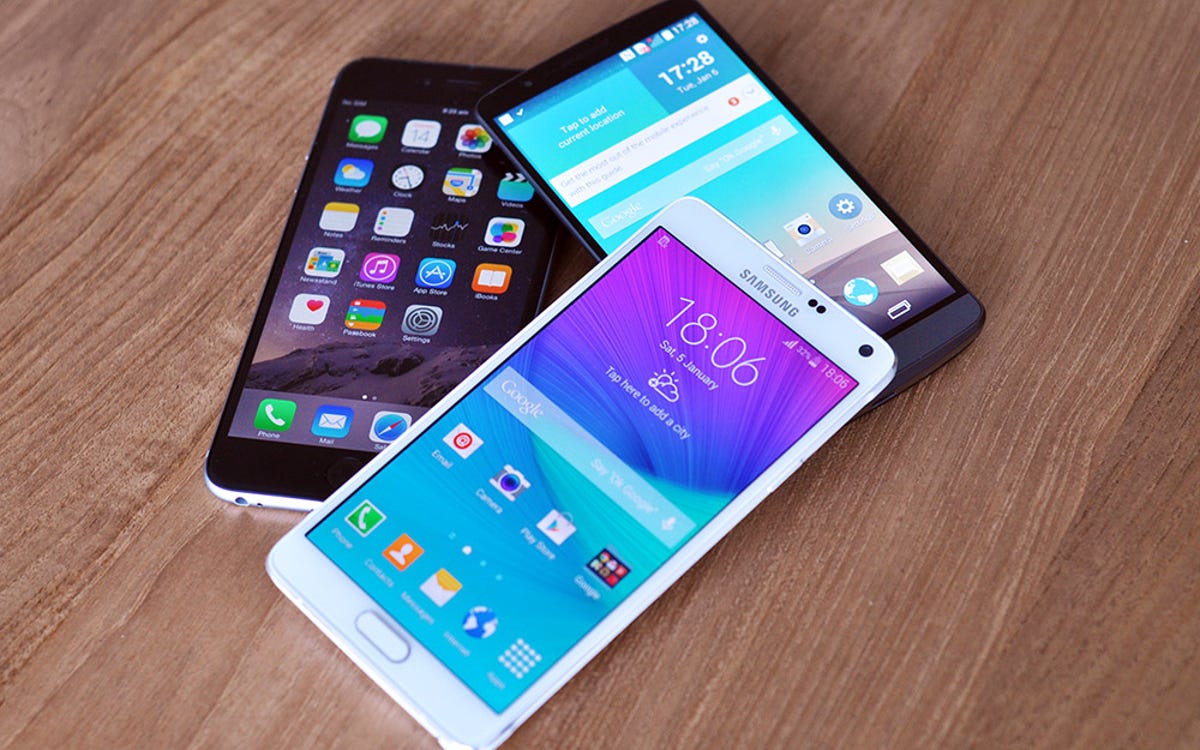
Aloysius Low/CNET
October 21, 1.45 a.m.: Updated to fix incorrect links to images in portrait and low-light sections. Some captions were also updated.
Samsung’s latest Galaxy Note 4 sports a new design, but it sticks with a well-tested formula that has defined the phablet range of smartphones since its debut three years ago. Packing a Quad HD Super AMOLED display — that’s a super-sharp resolution of 2,560×1,440 pixels — and the latest Qualcomm Snapdragon 805 processor, the Note 4 is the most advanced smartphone from Samsung yet.
Like the Samsung Galaxy S5 , the Note 4 shares some of the same features — and more importantly for this article, a 16-megapixel rear-shooter that comes with optical image stabilization (OIS). Like the S5, it features magic focus — the ability to choose a focal point as well as handy feature that lets you take a selfie with the rear camera.
But with the release of the iPhone 6 and the 6 Plus phablet , Apple has finally gone into big-screen territory, giving Samsung a challenge in the category that the company has been dominating for some time now. The recent LG G3 has also been doing well in Korea, upsetting Samsung’s previous dominance there as well.
And take heed — both LG and Apple have claimed superb camera performance for their devices, and the Note 4 has plenty of challenge to meet. To find out which is better, I took all three phones out for some testing.
How I tested
My testing methodology is pretty standard — I take three shots with each phone and pick the best of the three for comparison (to rule out hand shake even though all three phones have OIS). I’ve also tried to frame the pictures similarly, while also keeping in mind the different aspect ratio of the iPhone 6 Plus. I did consider switching the Android phone to a similar aspect ratio, but that resulted in a smaller image, so I kept them at the default.
All pictures were shot with auto-mode as default; the iPhone 6 Plus has auto-HDR and auto flash turned on (except for specific test shots like indoor low-light). The LG G3 also has auto-HDR, and I left it as such (though I did turn it off for non-HDR shots). The Note 4 lacks auto-HDR, so I’ve manually turned it on when required.
Results
On the whole, the Note 4’s camera performed admirably. While it does have some minor issues with white balance (especially under incandescent lighting) and smudging at the far right of the image, the Note 4 holds up well against the competition. Both the iPhone 6 Plus and the G3 have fantastic cameras as well, but Samsung’s Note 4 is no slouch, either.
While the larger 16-megapixel sensor does give its pictures a lot more detail, something that the 6 Plus lacks (depending on your shot), the bigger image does suffer from smudged details. There’s no clear winner here; all three phone cameras have their strengths and weaknesses. I preferred the Note 4’s warmer tones for flash, while the iPhone 6 Plus is a lot more accurate. The LG G3 is a very consistent performer, matching the iPhone 6 Plus shot after shot, while also giving more detail with its 10-megapixel pictures (the 13-megapixel option gives a cropped 4:3 picture).
Check out the images for yourself, and remember, you can click on the pictures to view them in full resolution. Be sure to let us know what you think in our comments section below.
Outdoor test shot (no HDR)
While the images are usually darker without HDR to lighten up darker areas, the Note 4 seems to have made the darker tree trunk on the right much more visible. This comes at the expense of detail, as the markings of the wood are smudged. Given the results, I feel the LG G3 and iPhone 6 Plus does better here, with the camera of both phones capturing the pattern of the trunk without losing detail. I’ll call it a tie between both phones here, though the iPhone 6 Plus seems to be more accurate with the darker shading on the right side of the trunk.


Aloysius Low/CNET
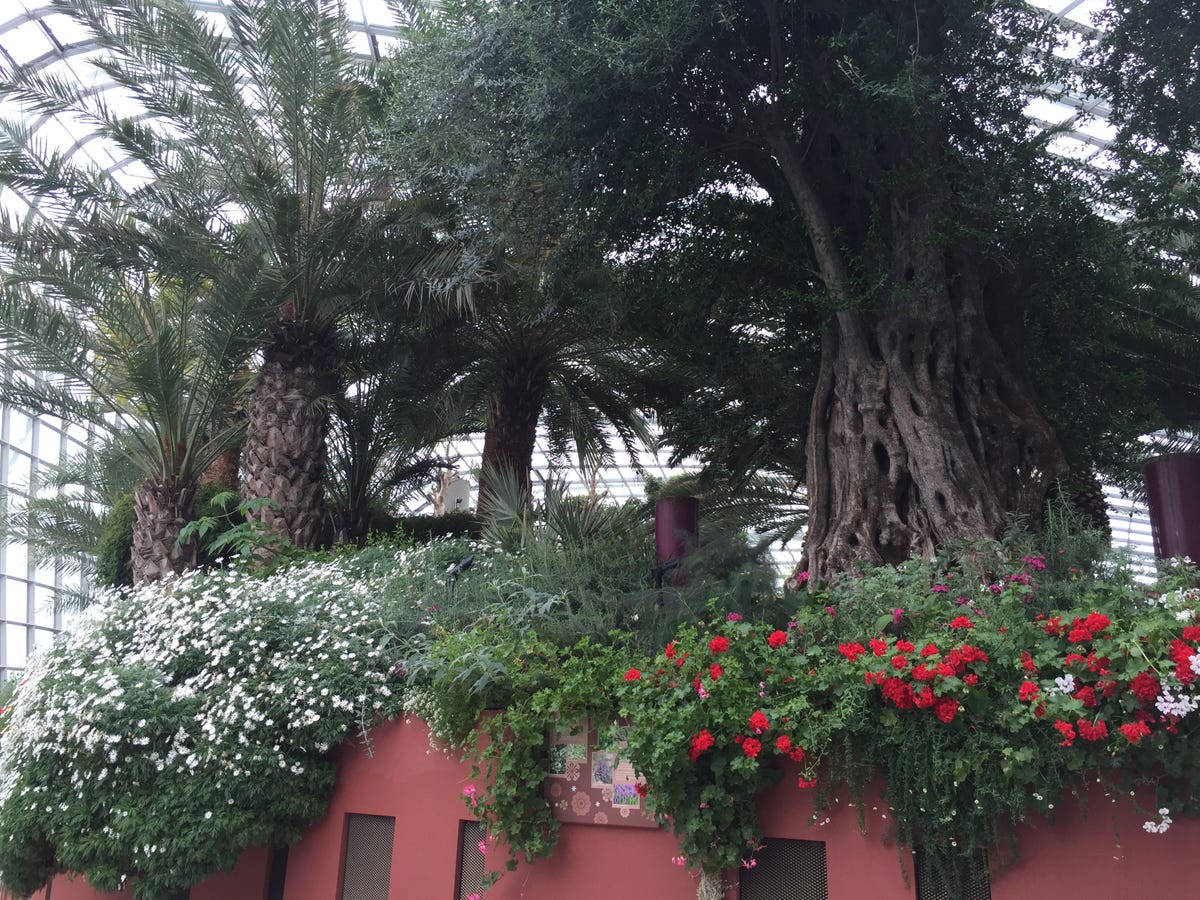

Aloysius Low/CNET
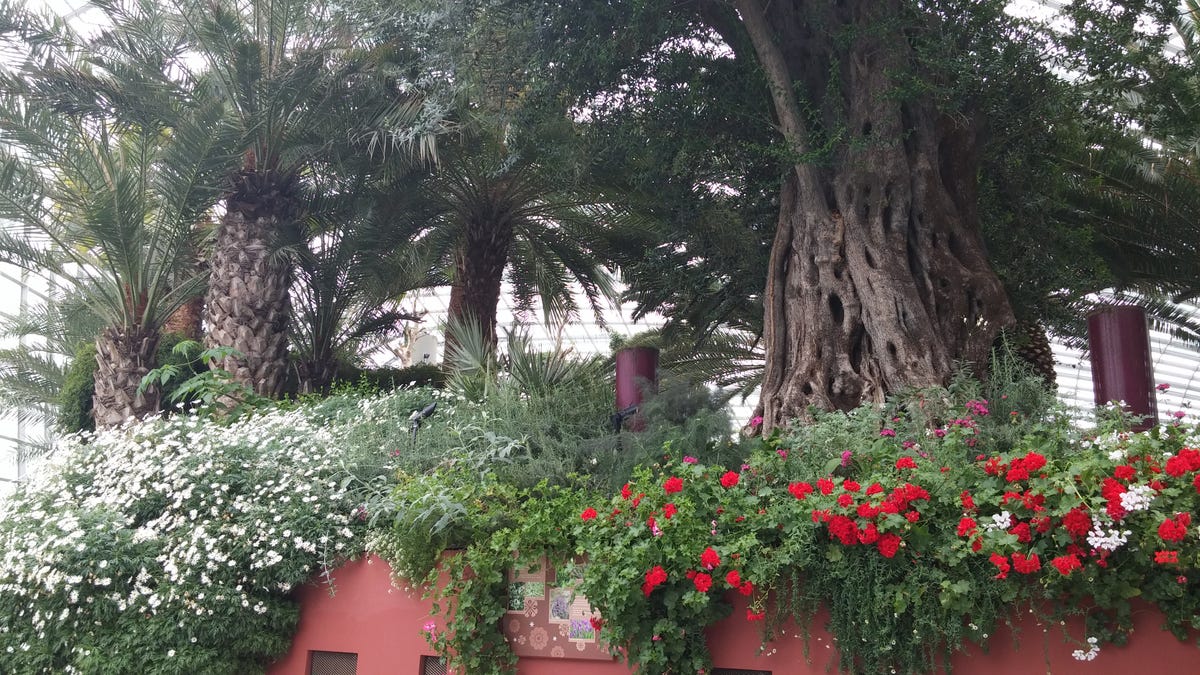

Aloysius Low/CNET
Outdoor test shot (with HDR)
In this test, the Note 4 seems to do pretty well — the iPhone 6 Plus’ HDR image is still pretty dark compared with what the LG G3 and Note 4 managed to do. I prefer the Note 4’s warmer hues, which seem to be more like what I remember of the scene.
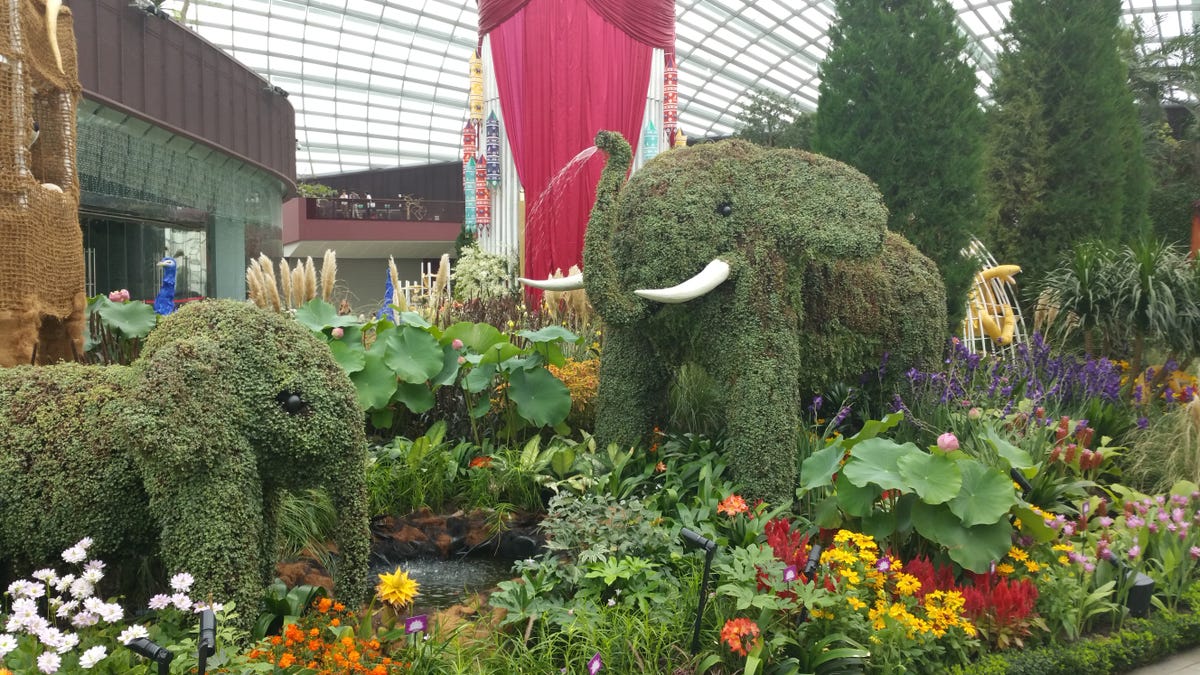

Aloysius Low/CNET


Aloysius Low/CNET
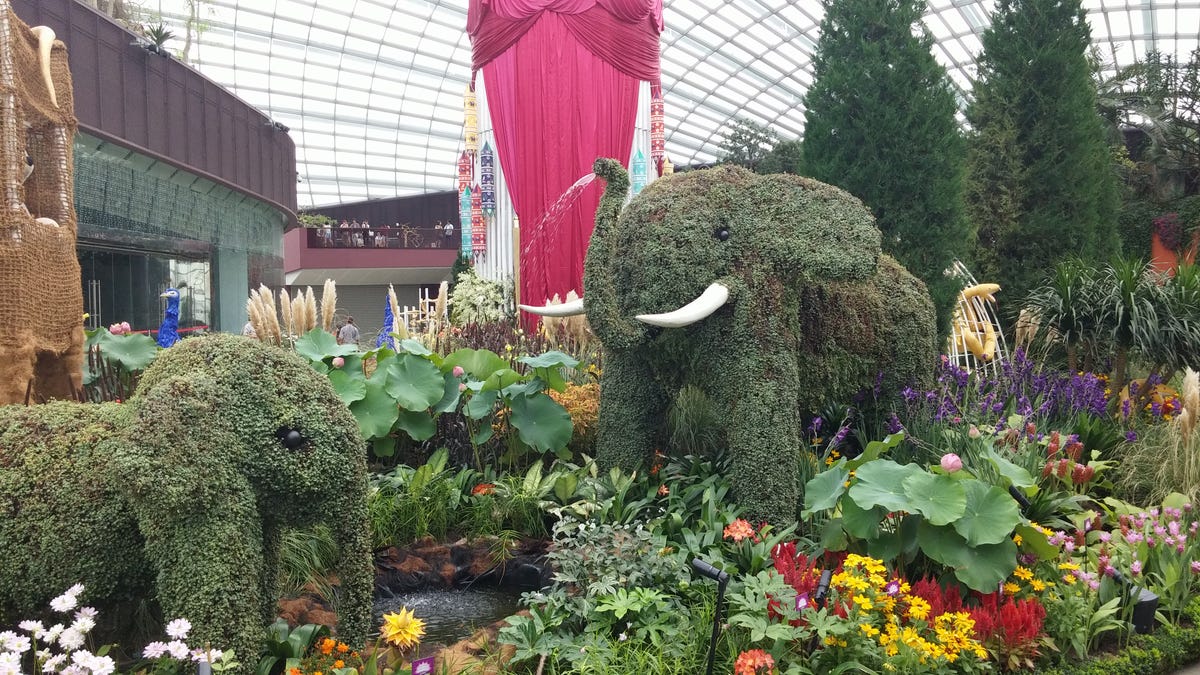

Aloysius Low/CNET
Outdoor close-up
All three phones do very well here, accurately reproducing the colors and managing to capture the details of the stamen. However, looking closely, it seems the iPhone 6 Plus’ picture isn’t quite as saturated, while the shots from the Note 4 and G3 have yellows that are a lot more vibrant, but not so much that the pictures look strange.
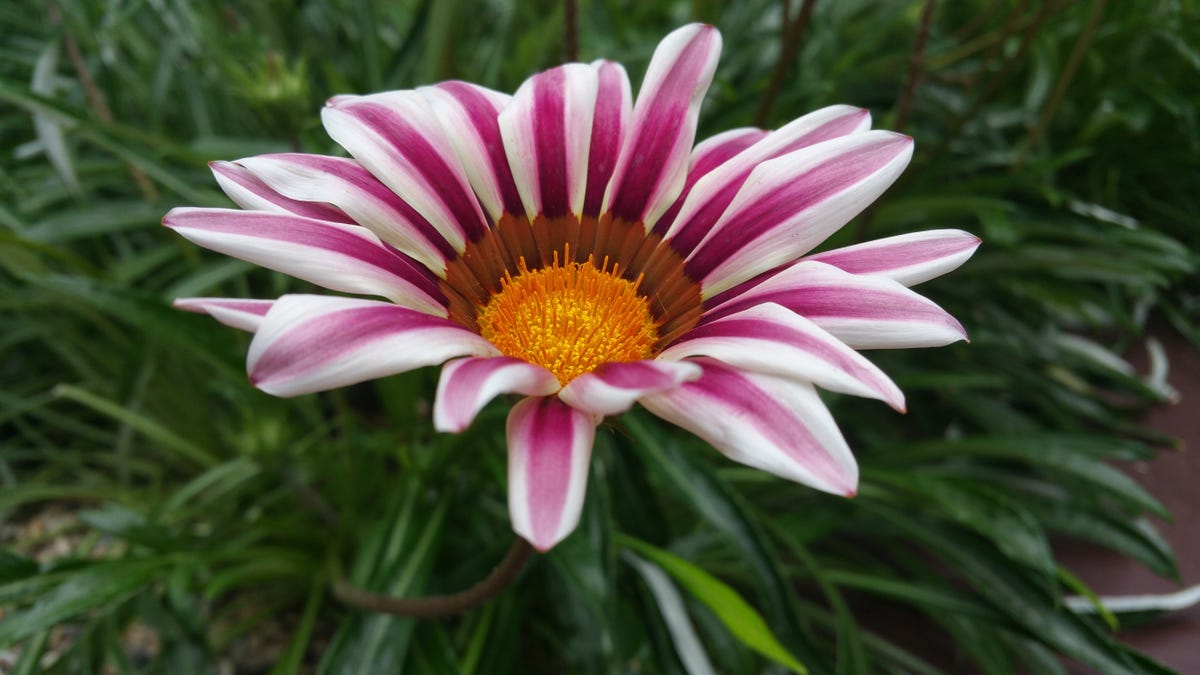

Aloysius Low/CNET
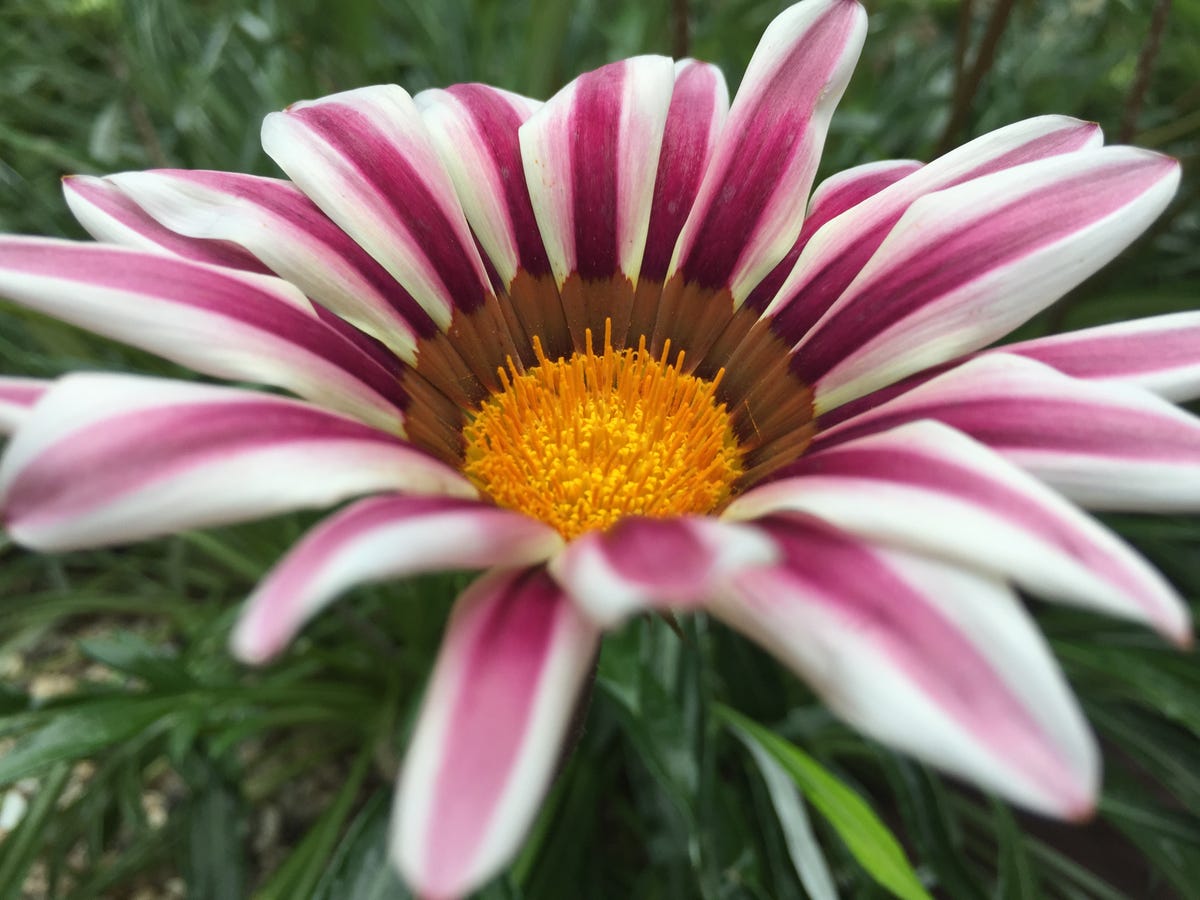

Aloysius Low/CNET
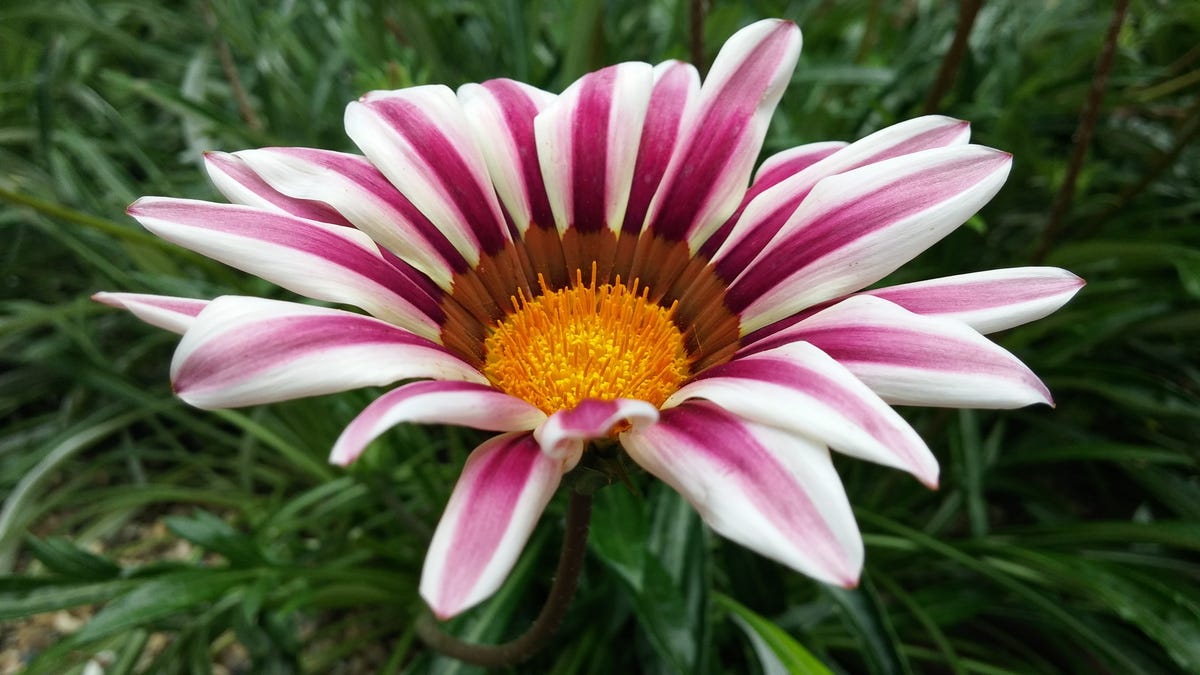

Aloysius Low/CNET
Outdoor test shot (colors)
When it comes to color temperature, Samsung’s Note 4 sits in the middle between the iPhone 6 Plus and the LG G3. The LG G3’s picture comes with the most saturated colors, while the Note 4 is just slightly more vibrant compared to the iPhone 6 Plus. Between all three photos, it feels like the Note 4 got things just right.
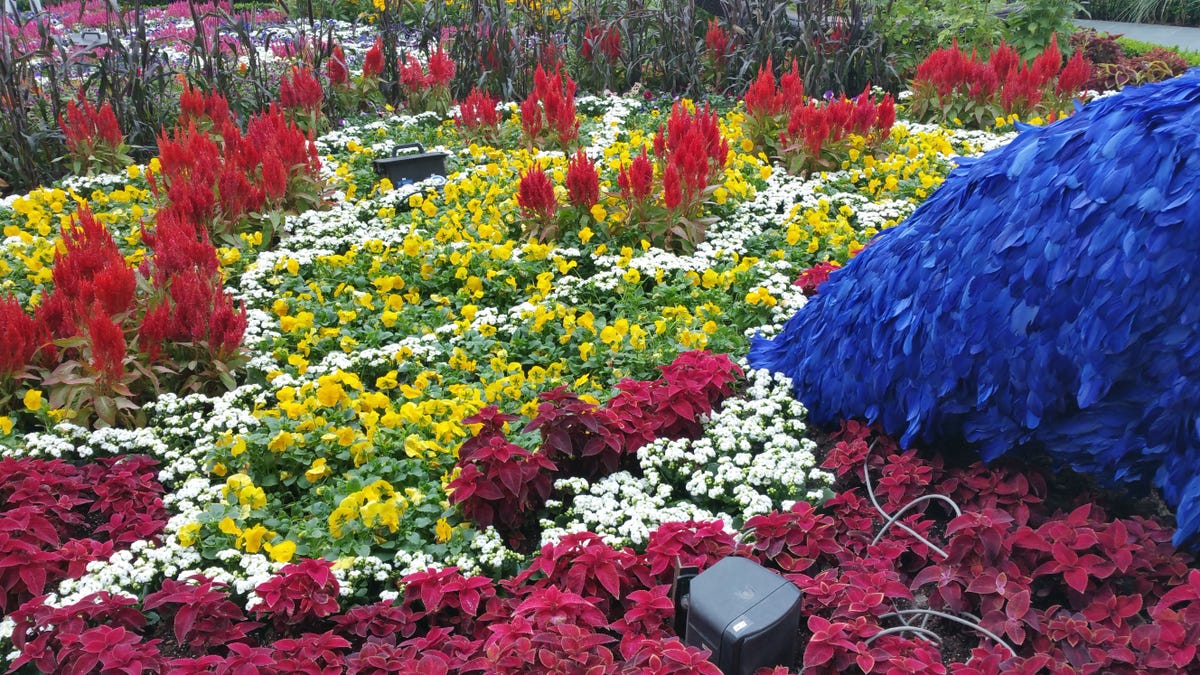

Aloysius Low/CNET


Aloysius Low/CNET
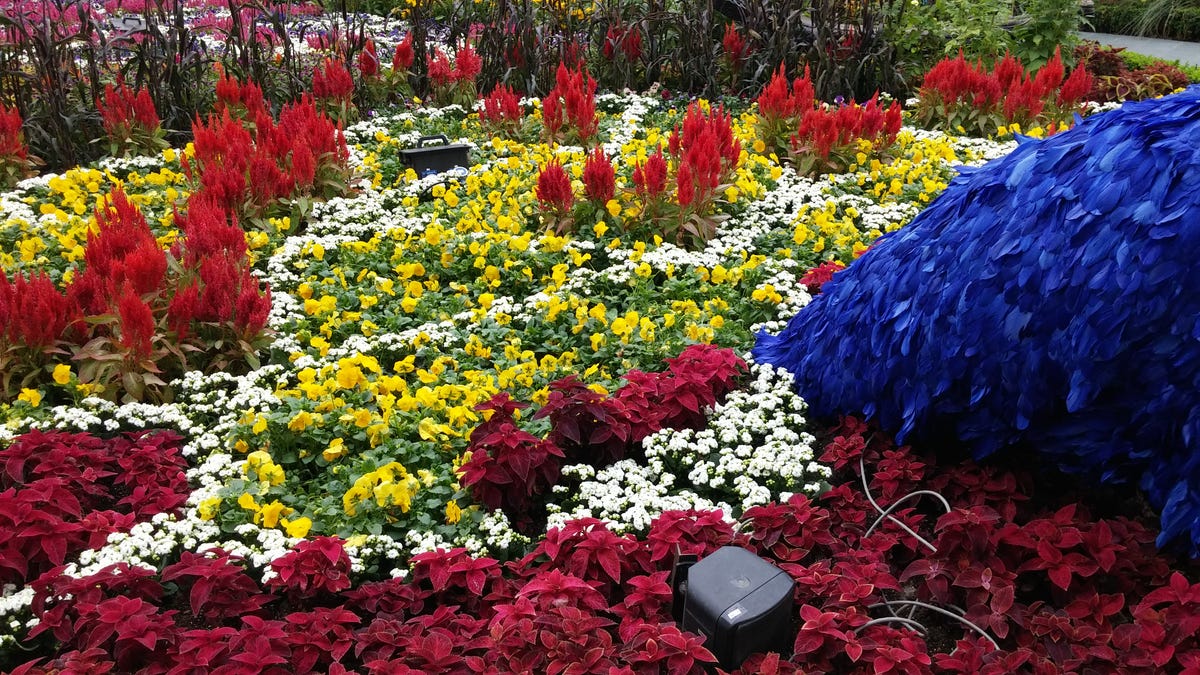

Aloysius Low/CNET
Landscape
In this shot, I noticed a few oddities with the pictures taken by the Note 4. Right on the far right edge, the Merlion statue seems to be very smudged. I suspect this is due to Samsung’s aggressive noise-reduction algorithms, which seems to have been liberally applied on the right edges of the picture. I’ve also noticed this on some of the other outdoor images taken with the Note 4, though I’m guessing this can be fixed with software. If not for this issue, the Note 4 would stand out here. The G3 is a tad too dark, so that leaves the iPhone 6 Plus with the best picture.


Aloysius Low/CNET
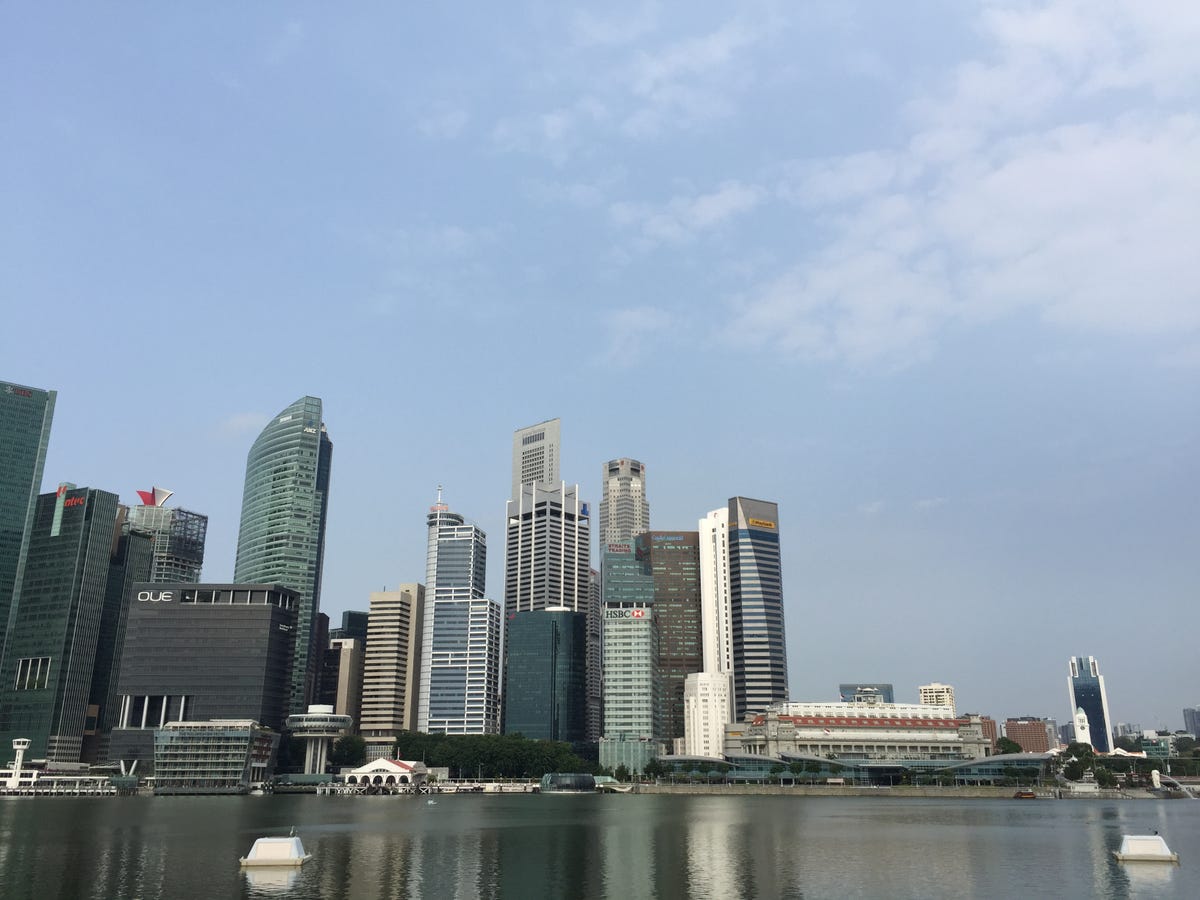

Aloysius Low/CNET


Aloysius Low/CNET
Indoor lighting
In this relatively dim tunnel, there’s enough light here and there for the camera to work with. The iPhone 6 Plus seems to handle the light exposures well and manages not to blow out the exposed areas, though at the cost of a darker image. On the other hand, the Note 4’s and the G3’s larger images are able to show the text on the sign clearer, and the colors seem to match the actual scene more. It’s a tie between both Android phones this round.
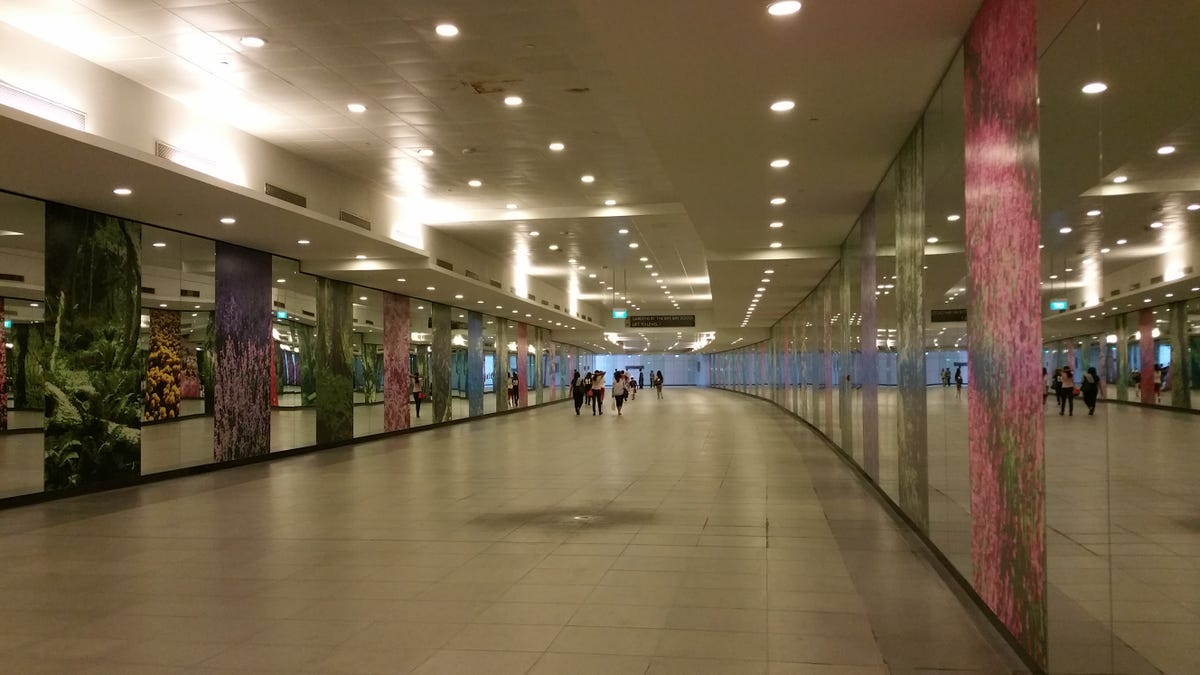

Aloysius Low/CNET
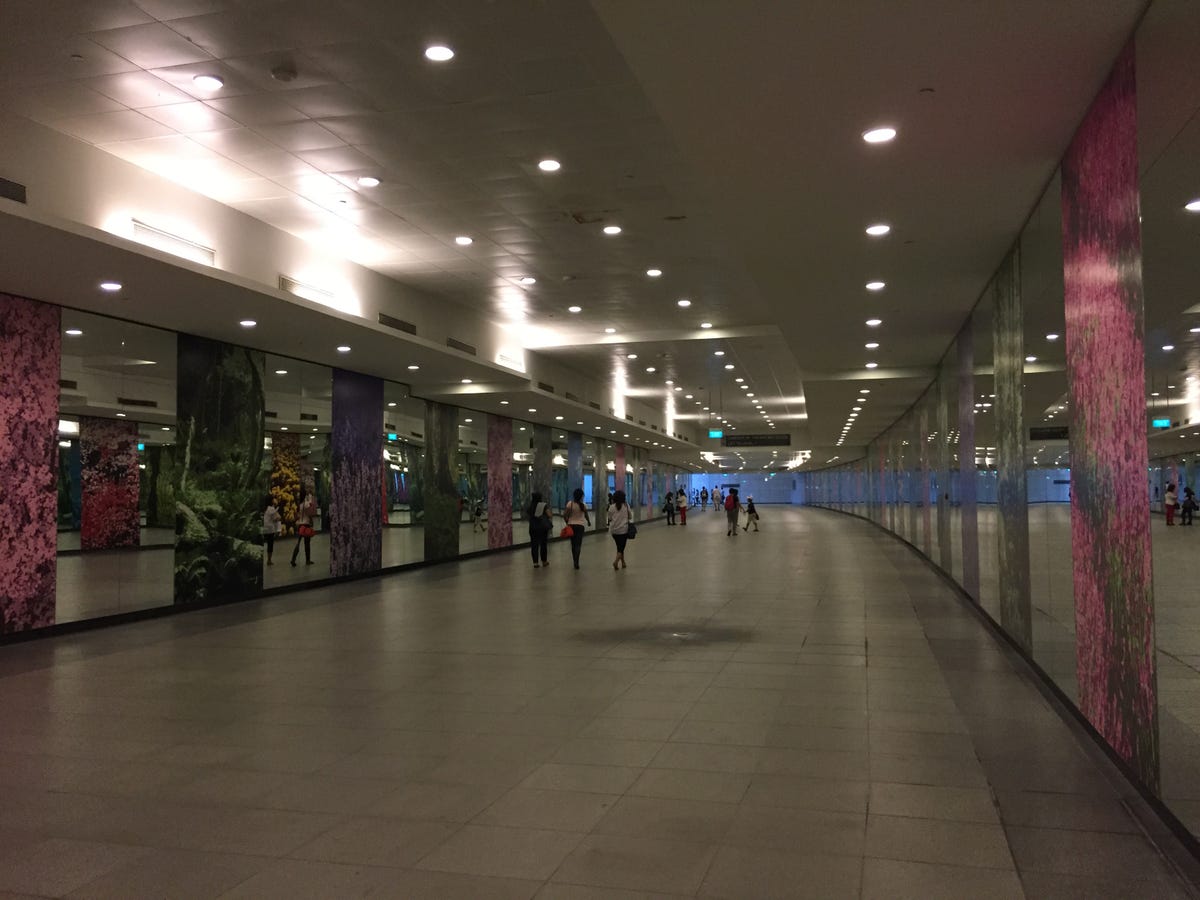

Aloysius Low/CNET


Aloysius Low/CNET
100 percent crop
At 100 percent crop, you can see just how clear the words on the shots from the Note 4 and G3 are compared with the one from the iPhone 6 Plus. The colors of the Note 4 shot are also warmer, but match the actual scene more. You also get a lot more to see on the Note 4 and G3 images thanks to the larger megapixel count.


Aloysius Low/CNET
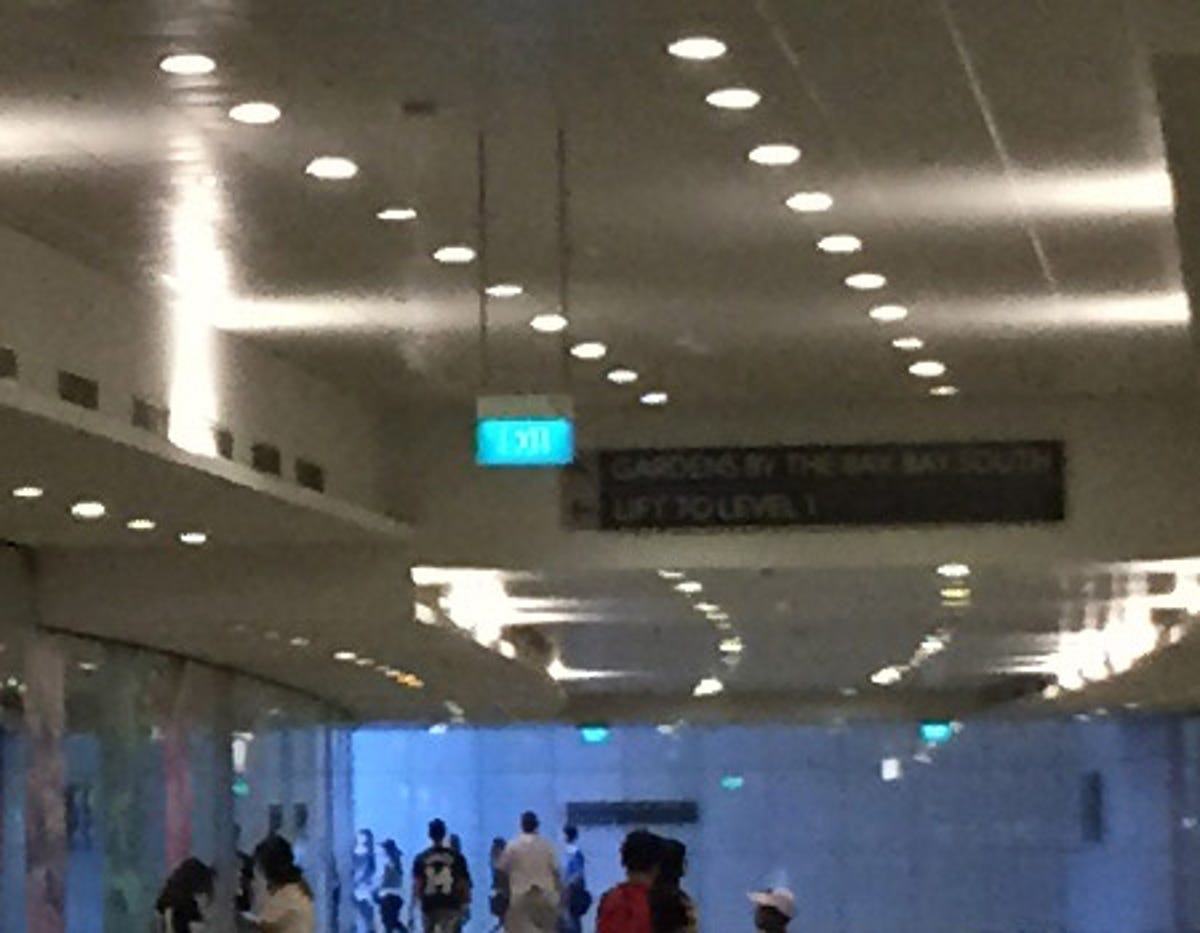

Aloysius Low/CNET
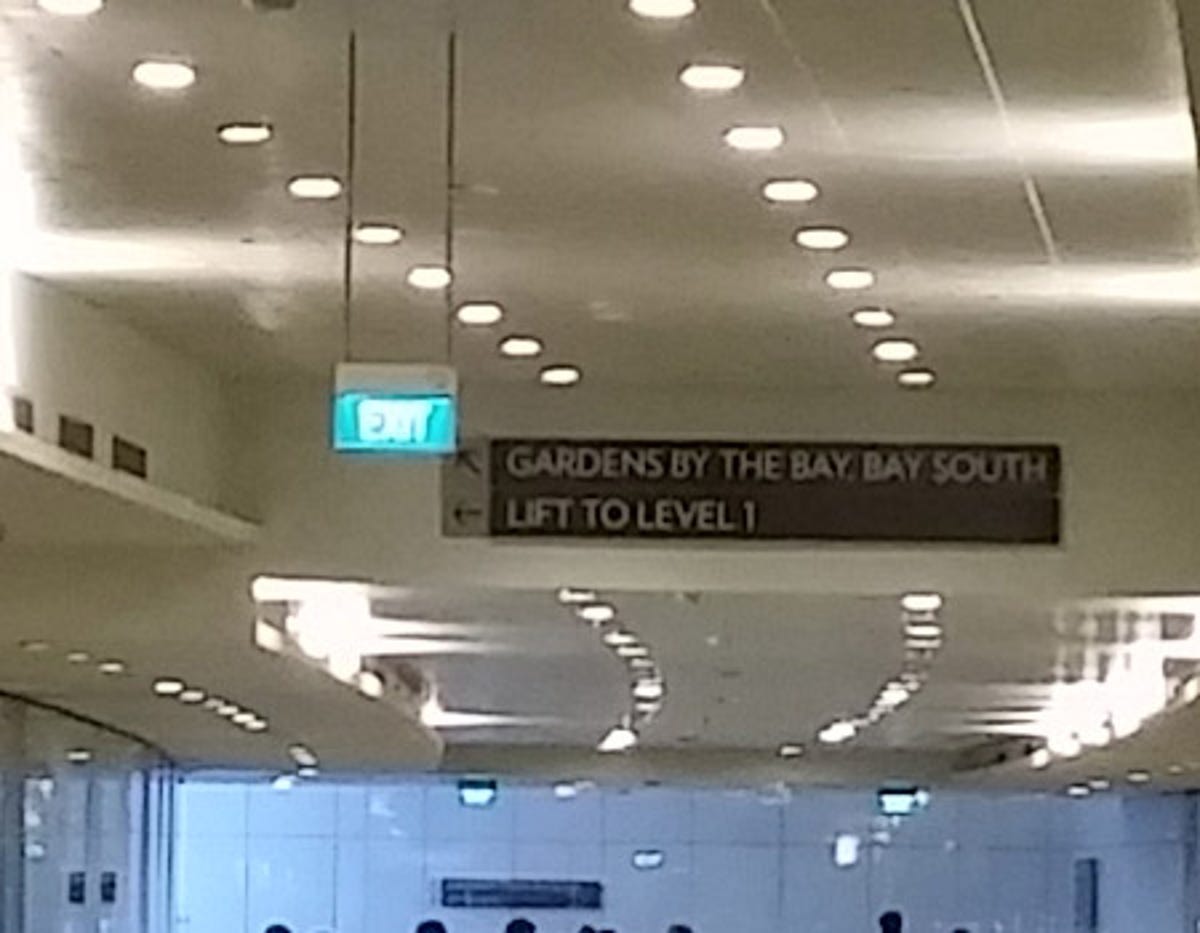

Aloysius Low/CNET
Indoor portrait
I got the wife to pose for these shots, though she did so pretty reluctantly (as you can probably tell by her forced smiles). The Note 4 seems to be a lot warmer than the iPhone 6 Plus and the G3, possibly due to the camera not adjusting for the yellow light coming from the room behind this wall (to allow the cameras some light to focus on the subject). I feel both the G3 and iPhone 6 Plus have the better pictures, but Samsung’s warmer hues actually help it in the next test.


Aloysius Low/CNET
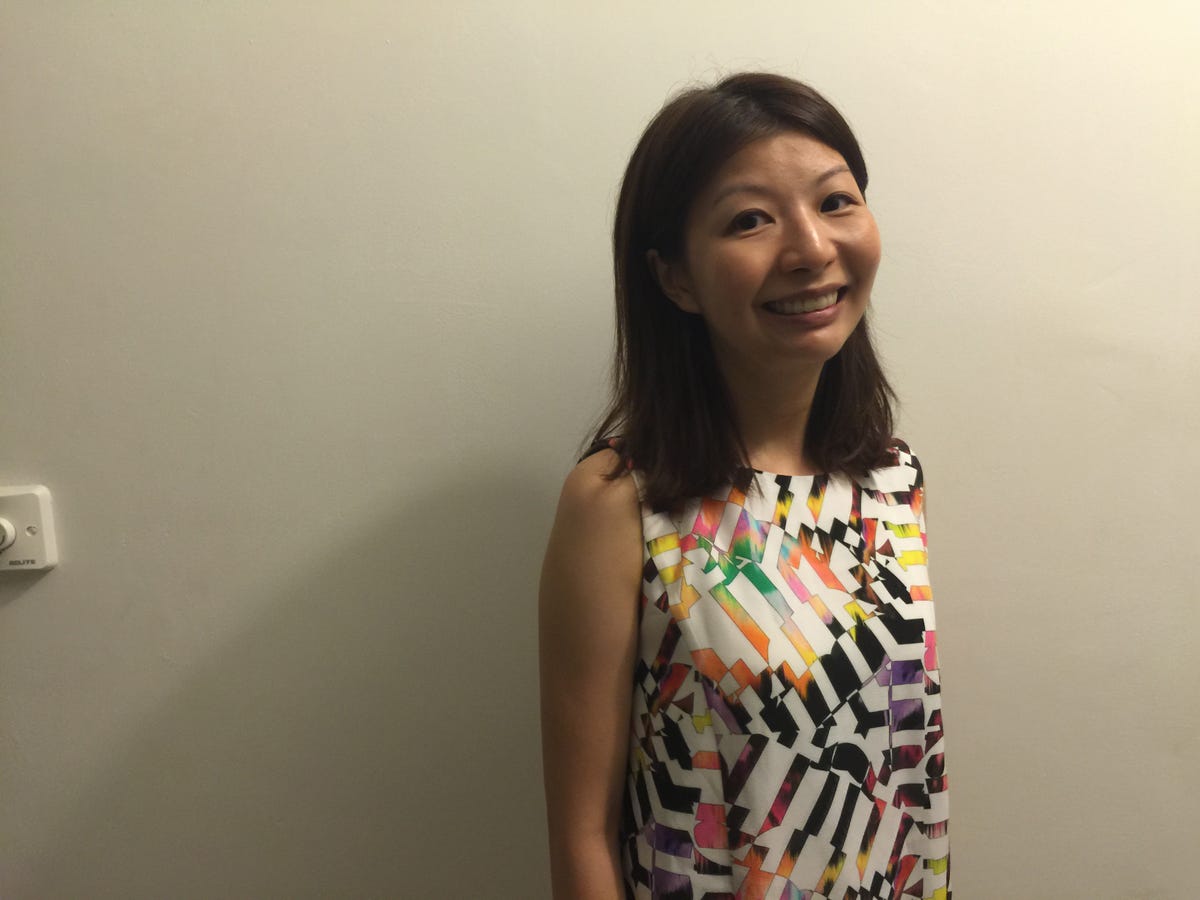

Aloysius Low/CNET
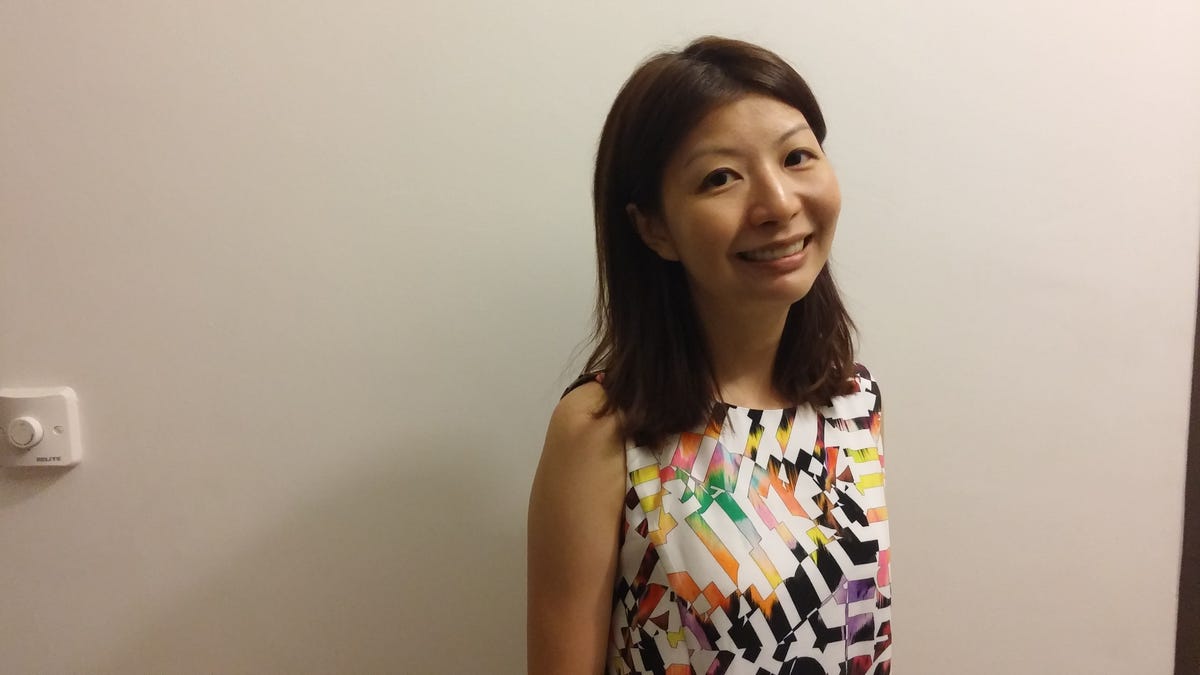

Aloysius Low/CNET
Indoor portrait with flash
While both dual-tone LED flashes of the iPhone 6 Plus and the LG G3 manage to achieve a neutral tone without overexposing the image, the aforementioned warmer hues gives the Note 4 picture a more natural skin tone.
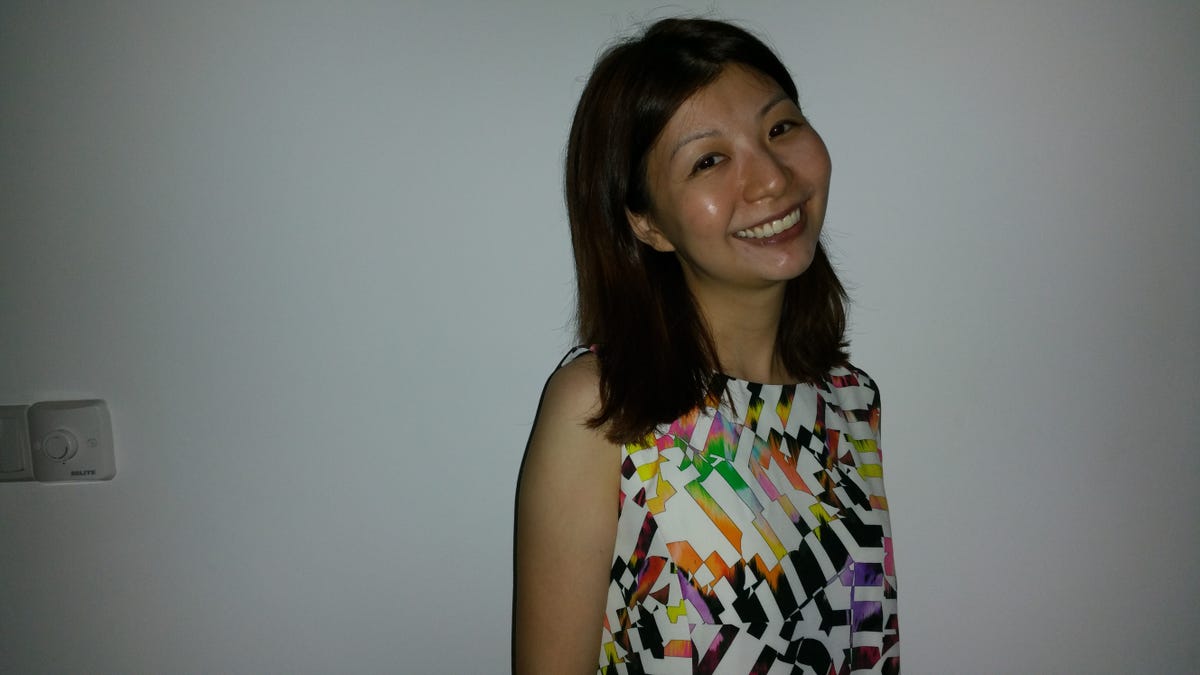

Aloysius Low/CNET


Aloysius Low/CNET


Aloysius Low/CNET
Indoor close-up
Under indoor lighting with sufficient light, all three close-up food photos that I took looked great, though again, the warmer hues of the Note 4 can be seen here — the picture looks a lot more yellow compared with the iPhone 6 Plus and the G3. It could be that both phones are able to do better white balance under incandescent lighting. The iPhone has the brightest image.


Aloysius Low/CNET
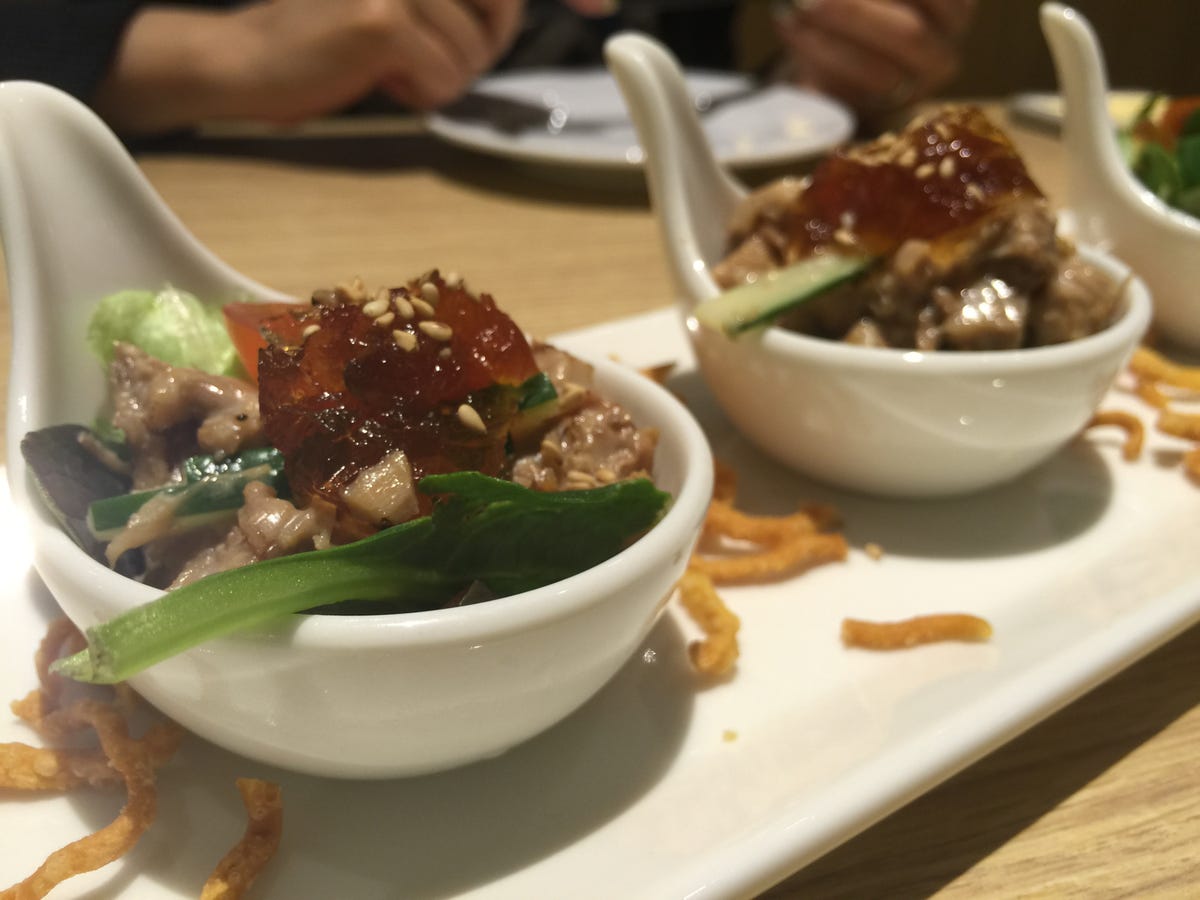

Aloysius Low/CNET
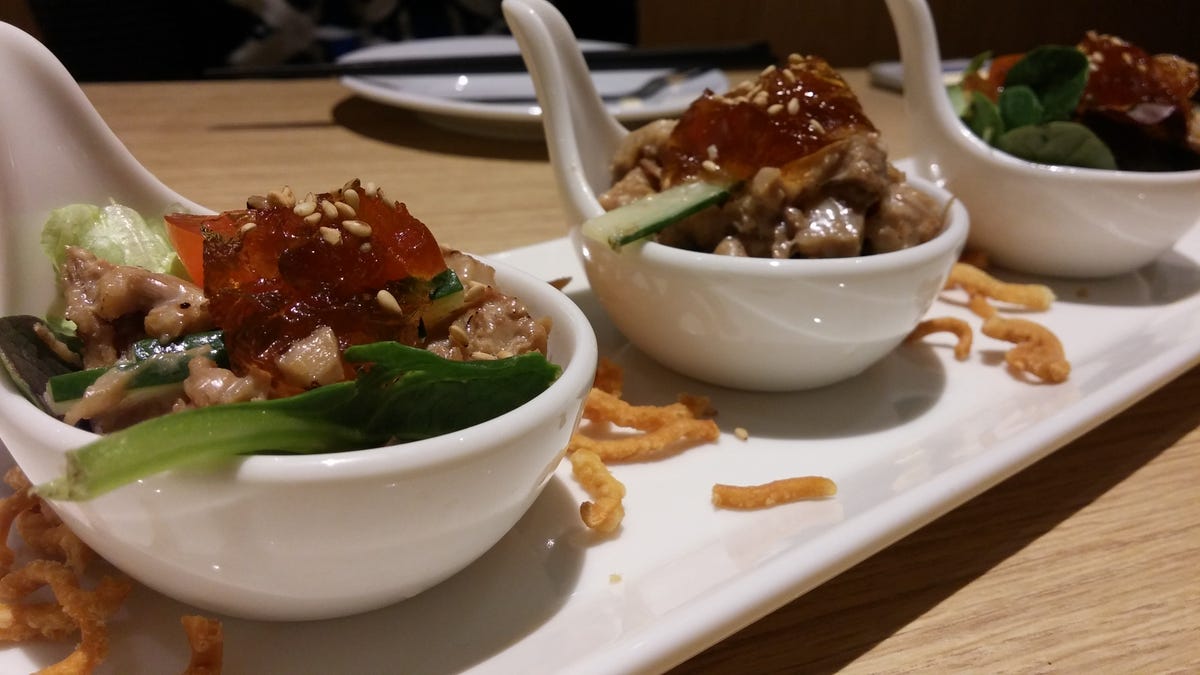

Aloysius Low/CNET
Night shot
I reckon this to be the hardest tests for all three phones despite them having built-in optical image stabilization. There’s plenty of lights in the background, but the location was generally dark. Samsung’s previous phones (though not the S5) did have some trouble with night shots, but this seems to be better this time around.
The iPhone 6 Plus seems to have done the best here, keeping the bridge properly exposed and generally delivering a cleaner more accurate capture of the scene. The G3 overexposes the bridge, leading to an orange hue.


Aloysius Low/CNET
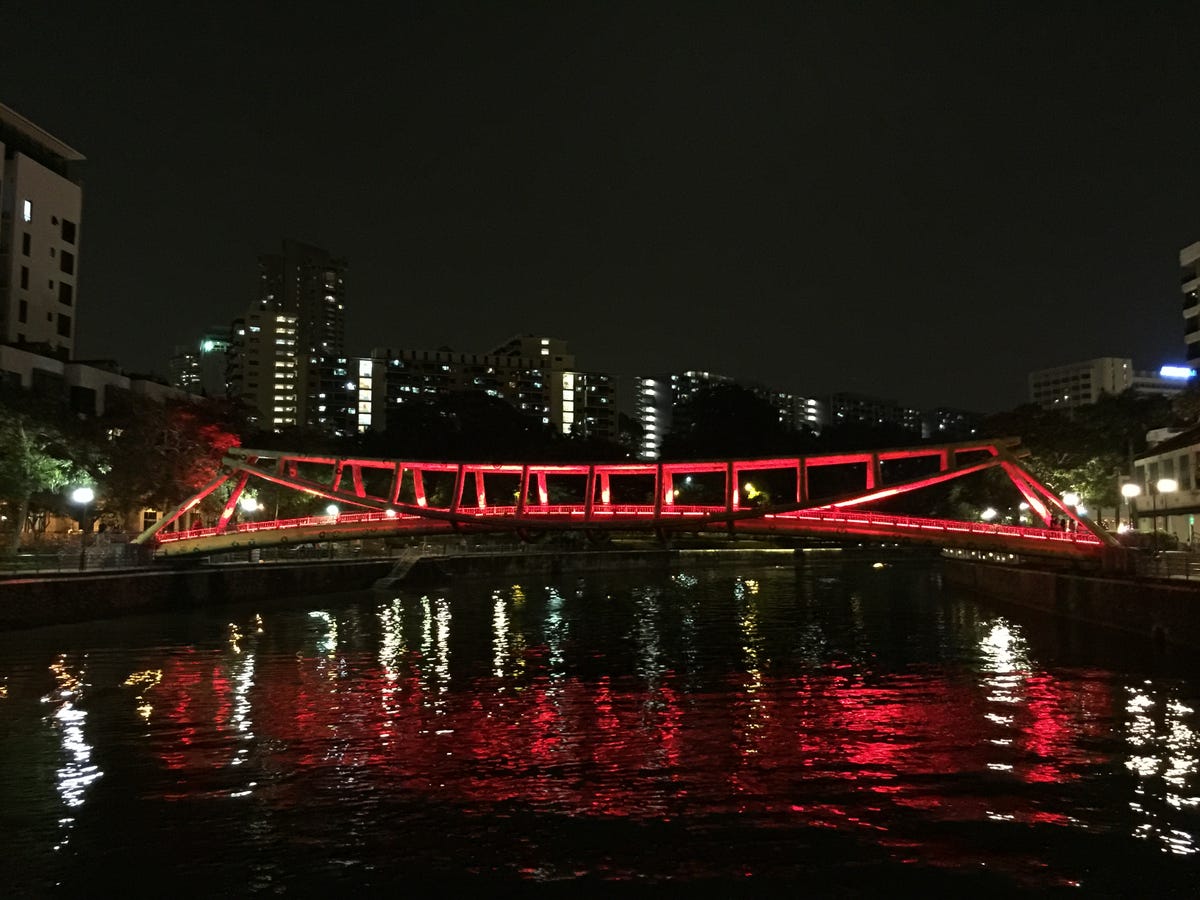

Aloysius Low/CNET
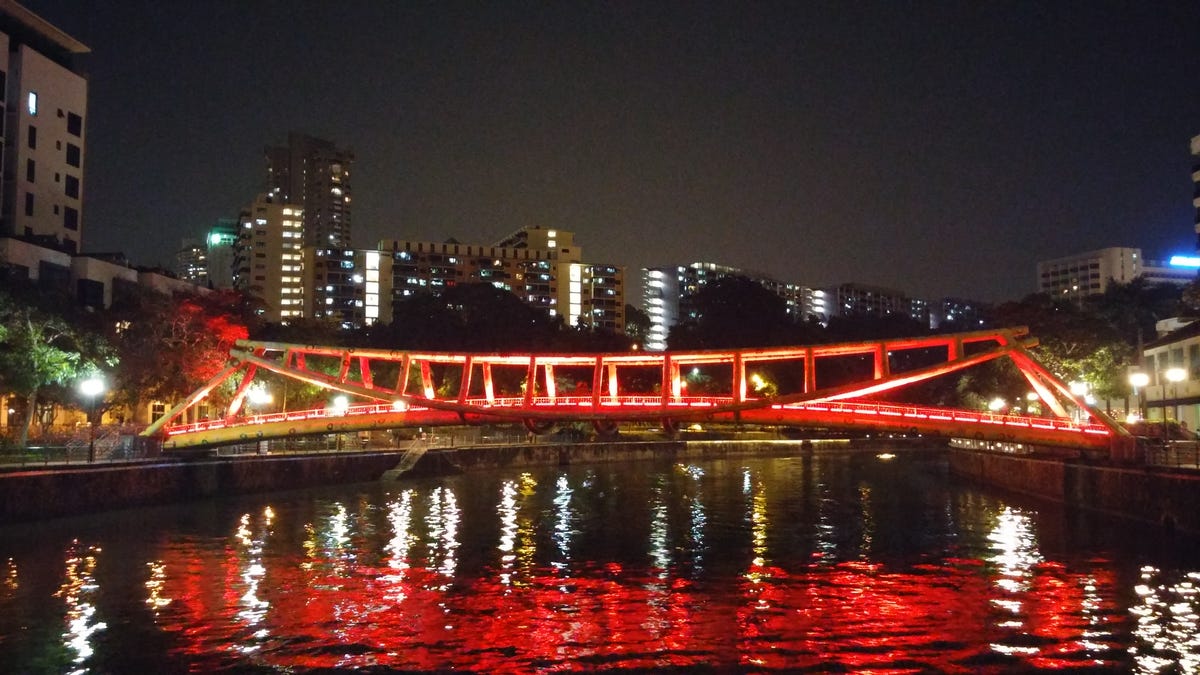

Aloysius Low/CNET
Would you like to take a selfie?
My last test is a little strange for me to do, since I’m usually behind the camera, and not in front of it. So bear with my ugly mug a little. On the Note 4, the phone lets you use the heartbeat sensor to take a picture, but I found this a little hard to do due to the size of the phone. I had to stretch my fingers a little, and because there’s no physical key to depress, I had to guess where the heartbeat sensor was while still keeping my smile on. That was quite a challenge.
On the iPhone 6 Plus, the front camera automatically takes 10 burst shots, and you can also set a timer of either 3 or 10 seconds to get ready. The burst shots are really useful if you happen to blink or shift a little, fret not — you can still choose the best shot. As for the G3, you can use a hand gesture to take a picture, or hit the volume down button that’s conveniently located at the back.


Aloysius Low/CNET


Aloysius Low/CNET


Aloysius Low/CNET



